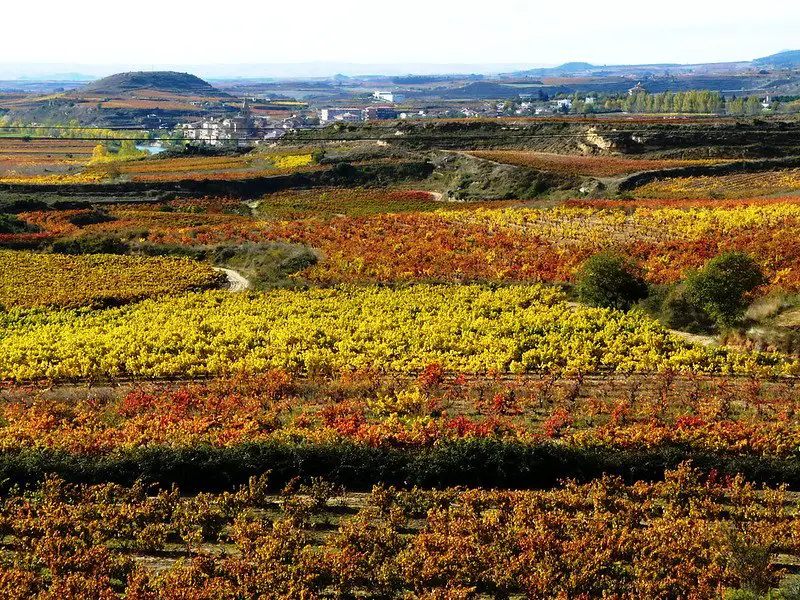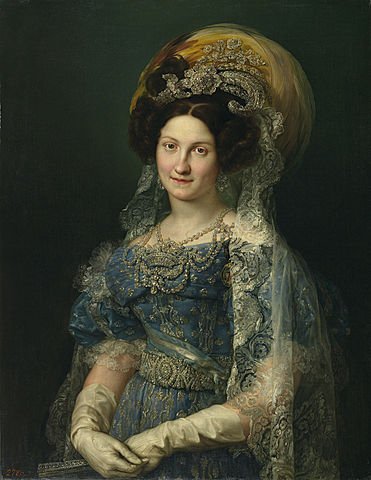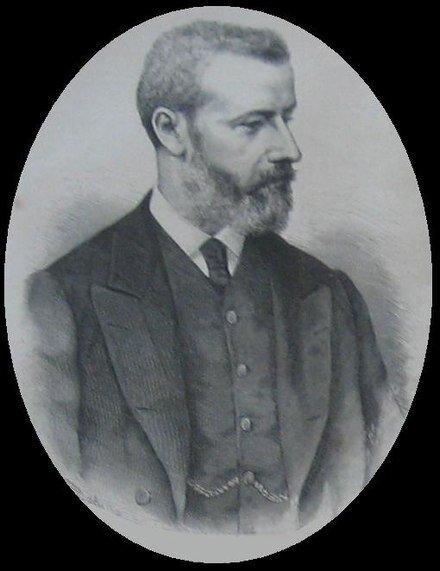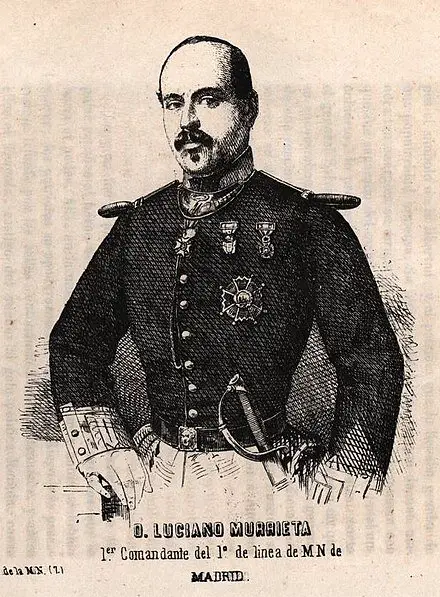
If ever there were a silver lining to war, good wine would be a contender.
Spain’s Carlist Wars led to a series of events that would propel Riscal Murrieta to the center stage of Rioja wine and winemaking legends.
How the Carlist Wars Started
The year it all started: 1833. King Ferdinand the VII of Spain was very dead. He left behind a liberal legacy with a nascent Constitutional Monarchy, along with a widow, Queen Maria Cristina, and an infant daughter, Queen Isabella II.
Unfortunately, no male heirs.
Before passing, Ferdinand changed the law to allow power transfer from father to daughter under the Pragmatic Sanction of 1830. Prior to this, only male heirs could inherit.

The plan was for Queen Maria Cristina (mom) to rule as regent until their daughter came of age. The plan was to continue liberal reforms in the country.
The plan was…
A separate conservative faction, fearing loss of power, backed the former king’s brother, Carlos de Borbón (or Carlos V), advocating for a return to an absolute monarchy. They cited an ancient code, Salian law (Salic law), that expressly prohibited women from inheriting property or, in this case, a throne.
This faction became known as the Carlists or Carlistas.
The three Carlist Wars lasted from 1833 to 1876.

Not to belittle the atrocities of armed conflict, but the main point here is that the ensuing civil war tore the country apart with families and neighbors fighting each other.
But this is a wine blog. Let’s talk about wine.
Just as they do today when faced with domestic strife, many people from the region of La Rioja emigrated to foreign shores, escaping the conflict until the black powder dissipated.
Two key figures who would go on to transform Spanish wine emerged: Camilo Hurtado de Amézaga, and Luciano de Murrieta y Garcia-Lemoine.
Rioja Wine History Figure No. 1: The Marqués de Riscal

Marqués de Riscal, Camilo Hurtado de Amézaga, was a diplomat who went into voluntary exile in Bordeaux region of France during the Carlist Wars (I raise a glass to him for his choice of locale). He was not a winemaker.
While the Marqués de Riscal was abroad, his sister passed away leaving him property and a wine cellar in Rioja. Inspired by his sojourn in Bordeaux, he returned with grand visions of winemaking.
At that time, Rioja was mainly planted to Tempranillo, but the Marqués de Riscal dreamed of the great French wines he had enjoyed in exile.
Helpful Tip: Here’s a complete guide to Tempranillo wines.
Could that same style of wine be made in Rioja?
His estate imported Bordeaux varieties (e.g., Cabernet Sauvignon) along with valuable viticulture techniques and modern vinification processes, including the use of small French oak barrels.
Today we know Bordeaux varieties and French oak as a winning combination that produces elegant, structured, full-bodied red wines.
The Marqués de Riscal’s wines had arrived.
Rioja Wine History Figure No. 2: Marqués de Murrieta

The Marqués de Murrieta was Peruvian-born Luciano de Murrieta y Garcia-Lemoine.
He came from a family involved in maritime commerce with connections to London’s financial markets.
His family emigrated to England following Peru’s independence, and from there Luciano would enlist in the Spanish military during the Carlist Wars.
He elected London over Bordeaux for his exile, accompanied by the former Prime Minister of Spain. Being in England didn’t stop him from discovering the great wines of France.
Inspired by Bordeaux wines, he crossed the channel to learn how French wines were made. The Marqués de Murrieta was able to return to Rioja post-civil war where he married the daughter of a distinguished local family and established himself as a winemaker.
His reputation soon spread and with his success Murrieta bought 300 hectares, founding the Marqués de Murrieta winery in Rioja Alta in 1852.
The bodega’s wines were shipped to Cuba and Mexico, the first Spanish wines to be exported – no doubt facilitated by his family’s maritime connections.
Helpful Tip: Check out Rioja wine aging requirements. This is a region that knows what it’s doing.
Confluence: How Great Wines Came to Rioja
Three additional events happened concurrently with the Carlist Wars that would further push Rioja wines to prominence: powdery mildew, phylloxera, and the railroad. Powdery mildew, a fungal disease that decreases yields, hit Galician vineyards in northern Spain in the 1850s.
Phylloxera, a devastating grapevine root louse, decimated French vineyards in the 1860s. For both events, Rioja stepped in to supply wine for thirsty drinkers.
At the same time, Spain was building out its national railway system.
As soon as construction was completed on Haro station in Rioja, the region’s wines could be easily transported to major ports for international shipping.

Rioja: Supply, Supply Chain, and Demand
Spain’s wine star continued to rise through the late 19th century. Two visionaries, castaways on foreign shores, started it all by creating iconic brands that would earn Rioja a place among world-class wines.
Thirsty for More?
Check out these must try Spanish red wines and Spanish white wines. Priorat is Spain’s other great winemaking region.
Head over to this post for a deep-dive into the wines of Priorat.
No doubt you’re familiar with Albarino, but here’s what you need to know about Albarino wines from Galicia.



